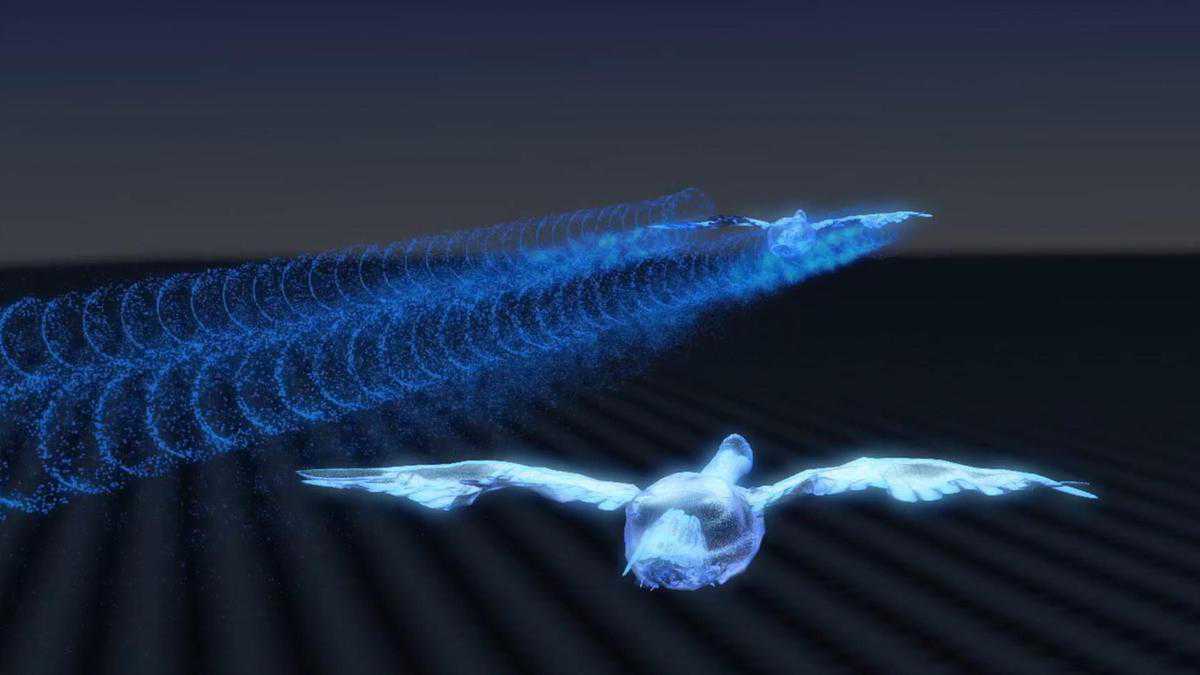Airbus to trial flying A350s together like migrating geese to save on fuel – but will it work?
19 November, 2019

Airbus will test flying its aircraft in a formation more commonly seen when geese migrate, in an effort to improve environmental performance.
The plane maker's "fello'fly" project, aimed at benefiting long-haul flights, will have a follower aircraft retrieve the energy lost by the wake of a leader aircraft "by flying in the smooth updraft of air it creates" – just like birds.
"This provides lift to the follower aircraft, allowing it to decrease engine thrust and therefore reduce fuel consumption in the range of 5 to 10 per cent per trip," Airbus said.
The company said flight tests carried out in 2016 showed "significant fuel savings" could be achieved when two aircraft fly approximately 3km apart. It claimed that passenger comfort would not be compromised, and that improvements in air traffic management technology have since been made to enable planes to fly closer together in airspace.
Airbus is due to commence test flights with two A350 aircraft next year, and is currently working with airlines and air traffic control providers to identify operational needs and solutions.
"Given the high potential for a positive environmental impact for the industry, Airbus is targeting an ambitious timeline for a controlled Entry-Into-Service [EIS], which is expected before the middle of the next decade," it said.
Analyst says idea is 'not a workable solution'
However, such an idea does not come without the obvious logistical challenges, such as schedule planning and the unforseen delays, which frequently blight the aviation sector's daily operations.
Saj Ahmed, chief analyst at StrategicAero Research, said that despite Airbus's planned testing phase, the idea is "not a workable solution".
"The tests will not be indicative of real world airline operations," he said. "It won't take into account technical faults like engine out or control surface related/turbulence related anomalies which might necessitate a diversion.
"What then of the other airplane, either in front or behind – continuing its journey without generating the opined fuel burn savings. You have the added issue of flights needing to be paired – thus disrupting schedules. You have to factor in airplane maintenance scheduling in pairs, which is nigh on impossible based on different ages and cycles flown."
Environmental performance has become an increasingly important facet of airline strategy in recent years.
At this week's Dubai Airshow, Abu Dhabi airline Etihad Airways revealed it has teamed up with Boeing for an "eco partnership".
A 787 Dreamliner, known as the "Greenliner" will be used to test products, procedures and initiatives that aim to reduce aircraft carbon emissions.
The Greenliner will first fly in January 2020 to Brussels.
TAG(s):
